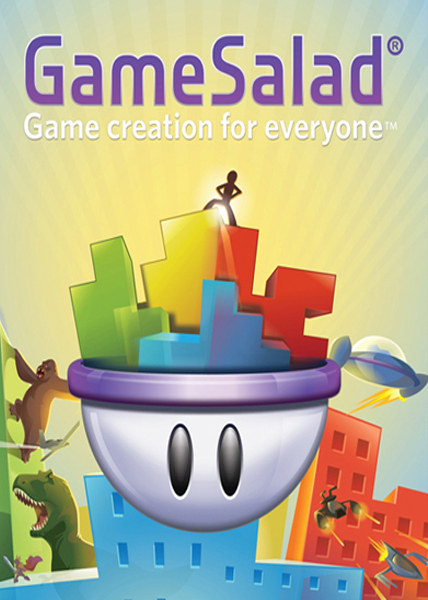

If the type is not allowed by the column or the reference data is wrong, it will be ignored by the function. The user begins with one column selectable, and as columns are added they will begin to scroll when they reach 7.

Use a timer to specify the amount of time that the transformation should take to occur.Ĭhange Table Value: This behavior allows the user to select a table, then change multiple column values based on a single row. Note: the actor’s original size will still determine its collision volume to change this, use “change attribute” or “interpolate” instead. It’s best to place this behavior inside a rule that changes to the game credits scene, menu scene, or to a new game level after certain objectives are met.Ĭhange Size: This behavior changes an actor’s size by a scale factor (use a negative number to shrink an actor). You can either drag the new image to this behavior or specify an image from the drop-down menu.Ĭhange Scene: This behavior will stop the current scene and immediately move to the designated scene. It can be used to change a numerical value, color, size, movement, acceleration, or any other value determined by an attribute.Ĭhange Image: Specify an image to replace the current image on an actor. The controls in this behavior allow you to specify the frame rate of the animation, up to 30 frames per second whether or not the animation loops, stops at the last frame, or returns to the last image used before the animate behavior started.īuzz: Buzz phone if vibration is turned on.Ĭhange Attribute: This behavior allows you to set, change, or increment a game, scene, or actor attribute. Once added, images can be reordered, and additional images can be inserted. If the table data needs to be persisted, it will need to be saved by the save table behavior above.Īnimate: Drag and drop a sequence of images into this behavior from your project library. If a row is removed, it will shift everything above down by one location. If a row is add, it will shift everything above up by one at the location. “Action:” can be either Add Row/Remove Row, At Beginning/At End/At Index, if At Index is selected, then the expression field will be displayed which will then allow the user to select which index to use.

See also the “Accelerate” behavior.Īdd/Remove Row: This behavior allows the user to select a table, and add or remove rows from the selected table. The actor will continue accelerating past the target location along the existing trajectory unless slowed through other behaviors or attributes. If the drag attribute or gravity is not also applied to an actor, acceleration will be continuously applied, increasing the actor’s speed until it reaches the maximum defined speed, if any.

Use the expression editor to specify a static or moving target position. See also the “Accelerate Toward” behavior.Īccelerate Toward: Use Accelerate Toward to specify the rate of acceleration and the targeted location of an actor. You can also see each of these behaviors listed in our glossary.Īccelerate: Use Accelerate to specify the rate and direction of acceleration for an actor. There are currently 36 Behaviors we’ve grouped them by use for your reference. In this tutorial we’ll go through each of the Behaviors later tutorials will provide additional details on specific Behaviors that are used more often. These are indicated by an next to the behavior name. action behaviors: behaviors that occur once, and only repeat themselves if placed in a rule whose conditions become false, and then true again.These are indicated by a next to the behavior name. persistent behaviors: behaviors that continue to act on an actor continuously (unless placed in a rule whose conditions are no longer true).For example, you may have a rule that says when a specific actor is clicked, then show this prompt. rules: these can be used when you want a certain behavior to take place only under specific conditions.Behaviors are used to add logic to your game to control what happens when some event occurs (such as when an actor collides with an object), to make the actor take some action (such as changing its speed) or to change an actor’s appearance, such as its size, image, color, or transparency. Behaviors are actions that you can assign to actors to control how they interact, move, and change appearance.


 0 kommentar(er)
0 kommentar(er)
